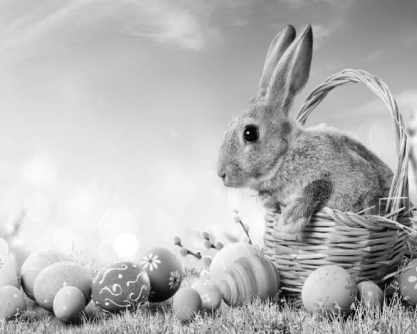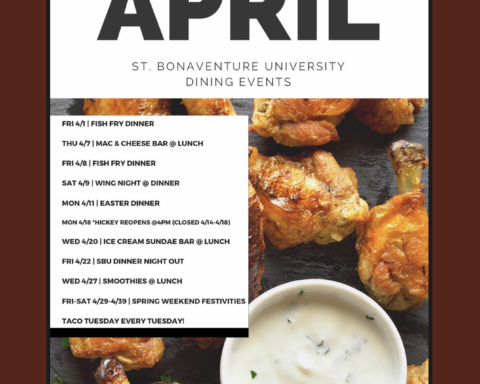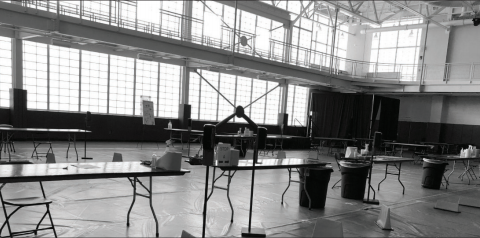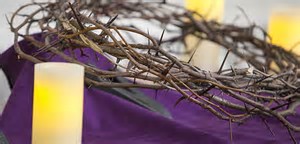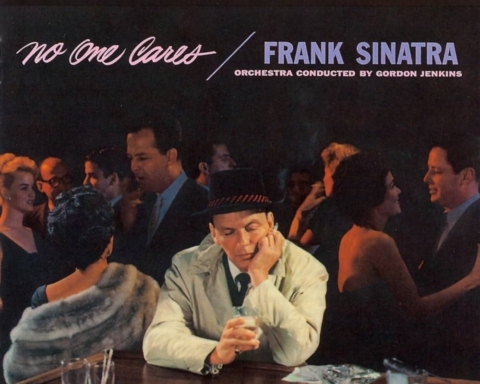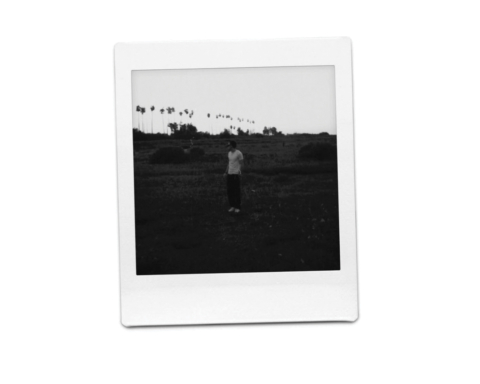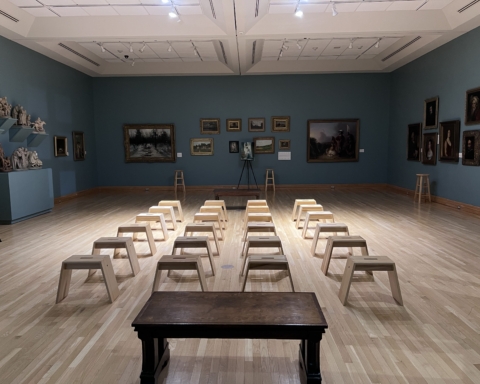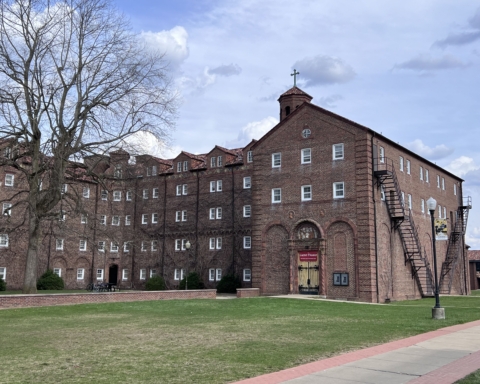By Kelsey Purcell, Staff Writer
This Sunday is Easter Sunday. Families will be celebrating with their own holiday traditions. It is typical for American children to dye eggs, go on egg hunts and enjoy Easter candy. In some countries, people celebrate Easter with different traditions.
A Swedish Easter tradition is similar to the American Halloween.
Children dress as Easter witches with headscarves, painted rosy cheeks and freckles. They go door to door asking for treats in exchange for drawings or songs. Families also hide eggs for an egg hunt and the children are given clues to find the eggs, similar to a treasure hunt.
In Bermuda it is customary to fly kites on Good Friday.
The homemade kites are brightly colored, display bold designs and are usually hexagonal or octagonal. Some are even designed to make humming noises from a paper hummer.
A common tradition in Austria and Bulgaria are egg battles which takes place during Easter breakfast or brunch.
Each person has a colored hardboiled egg and they tap the pointed side of their egg against someone else’s, trying to break the other person’s shell. The person whose eggshell did not crack then battles someone else at the table. The winner of the egg fight is whoever has an egg with a shell that did not break;they are said to have a year of good luck.
In Corfu, Greece pot throwing is a Holy Saturday ritual.
Clay pots filled with water are thrown off balconies or out of windows and shattered on the street. This tradition is said to come from an ancient Greek tradition to welcome spring by smashing old pots and planting seeds in new ones.
Easter trees are an indoor decorative custom in Germany.
Hollowed out eggs are used to decorate a vase or wreath of small tree branches; pinholes are poked in raw eggs to remove the content of the eggs. After the inside is dried, the eggshells are dyed, painted and hung with ribbon on the branches. Other ornaments shaped as bunnies or other eggs are also hung on the boughs. Plastic and wooden eggs are also hung on trees outside of homes.
The Easter bunny is said to have come to America when German immigrants settled in Pennsylvania. According to History.com, the immigrants shared their tradition of a hare called “Osterhase” or “Oschter Haws” that laid colorful eggs for well-behaved children. The kids would even make nests for the hare to lay eggs in.
Children eventually had baskets instead of nests for the Easter Bunny to bring treats and candies instead of just colored eggs as the traditions spread throughout America.
Usually on the South Lawn of the White House, there is an annual Easter Egg Roll.
Children participate in a race where they use a long-handled spoon to roll colorful, hard-boiled eggs across the grass.
There is also an egg hunt with souvenir White House wooden eggs.
These special eggs are made in the United States and feature a different design on the front each year. Last year the egg included an image of the South Portico of the White House and the special edition metallic egg had the presidential seal on it. This year the eggs feature a bunny wearing a mask and the special edition egg is of President Biden’s dogs Champ and Major. All of the eggs are also stamped with the signature of the president and first lady.
Unfortunately, the annual White House Easter Egg Roll has been canceled this year because of the pandemic.
Each country has unique traditions to celebrate the Easter holiday. Sometimes customs and cultures are shared and adapted with people of other backgrounds. If the tradition of the Easter Bunny had not been brought to America by the Germans, Easter would be celebrated differently in America.
Imagine an Easter without chocolate Easter bunnies or egg hunts.
purcelkr20@bonaventure.edu

